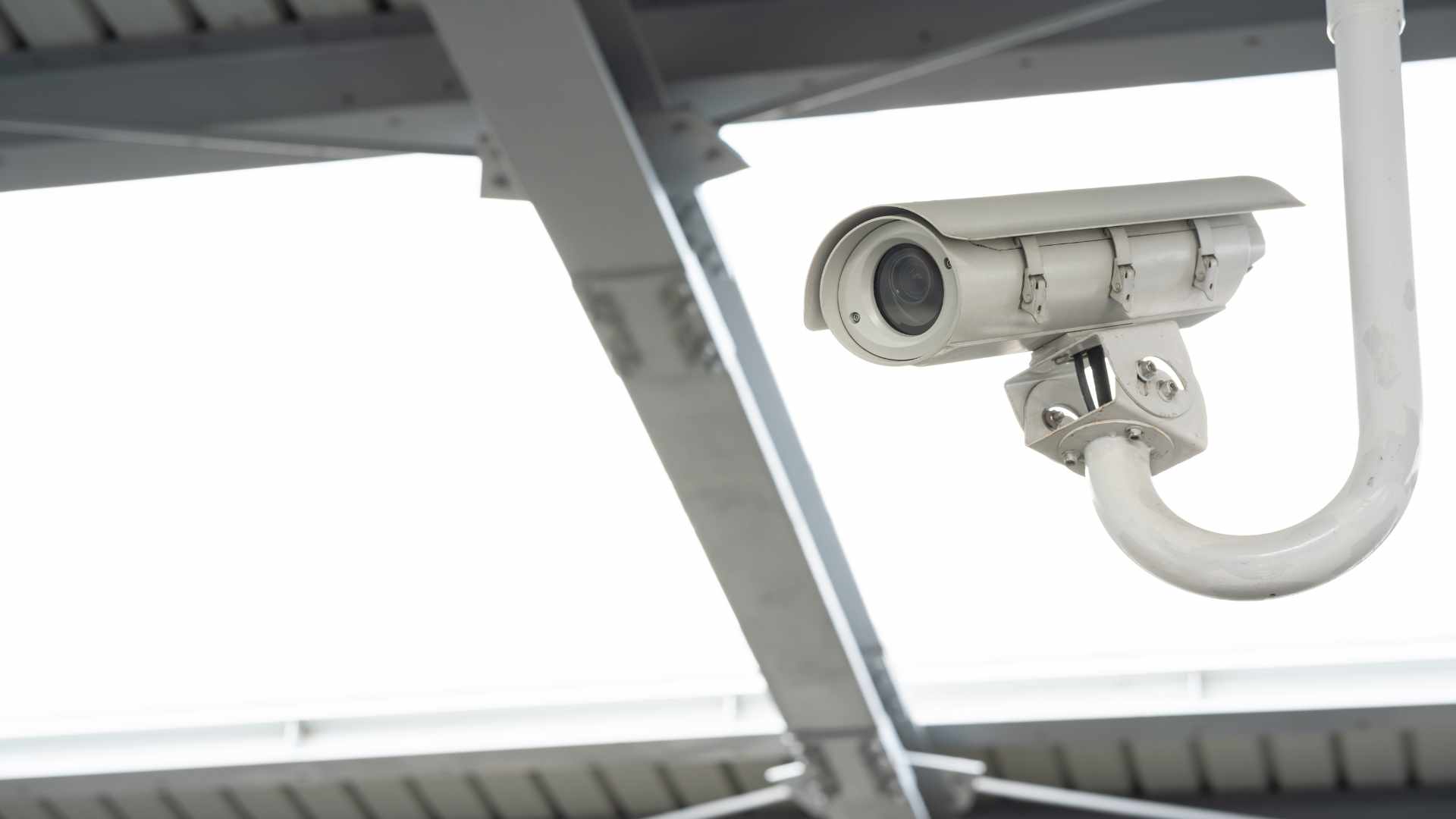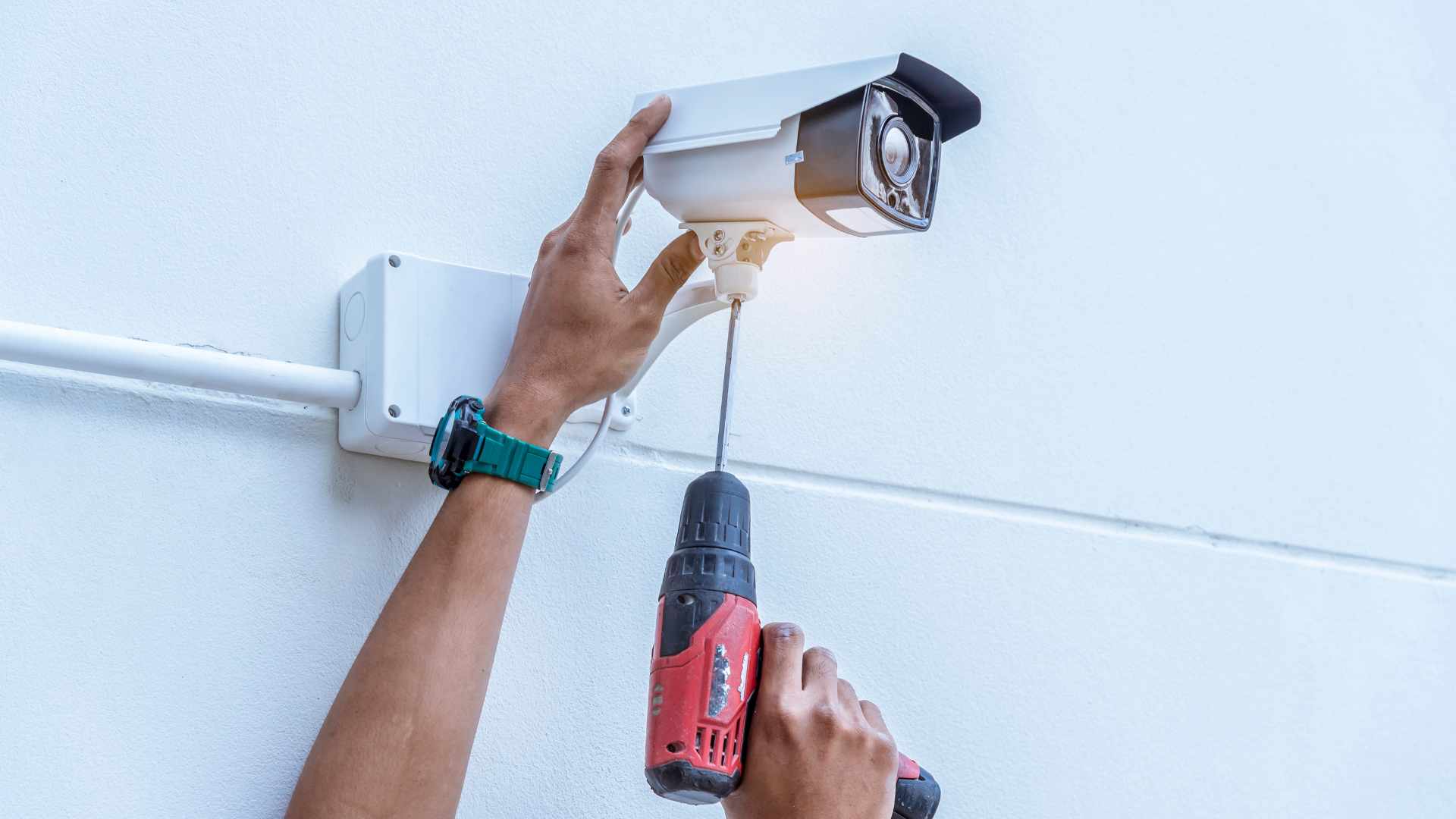Protecting our houses from harm is more important than ever in this modern society. The most modern home security systems have a plethora of functions meant to ward off intruders, fire dangers, and other dangers brought about by technological progress. All the parts that comprise home security systems-from cameras and alarms to motion detectors and smart locks-are essential. But given all the factors to consider, what exactly is the most crucial component of a home security system?
Key Elements of a Home Security System
Control Panel Or Keypad
The control panel or keypad is often considered the most critical component of a home security system. The central hub connects and manages all other security devices, ensuring the system operates effectively and efficiently.
The control panel acts as the ‘brain’ of the security system, integrating various components such as sensors, cameras, and alarms. It coordinates the functioning of these devices, ensuring seamless operation. The keypad is the primary user interface for the security system. It allows homeowners to arm and disarm the system, input security codes, and receive system status updates.
The control panel communicates with all connected security devices. It receives signals from sensors and cameras and triggers alarms or notifications based on these inputs. Modern control panels often support remote access, allowing homeowners to monitor and control their security system from their smartphones or other devices, providing peace of mind even when away from home.
Security Cameras
Security cameras are essential for monitoring activities inside and outside the home. Home security company emphasises the importance of having a mix of indoor and outdoor cameras to cover all areas. Modern security cameras offer remote viewing capabilities, allowing homeowners to monitor their property in real time from any location using smartphones or other devices. This feature ensures continuous surveillance even when the homeowner is away.
Visible security cameras strongly deter potential intruders by signalling that the property is under surveillance. This psychological barrier can prevent many break-ins before they occur. In the event of a security breach, recorded footage from security cameras provides crucial evidence that can be used to identify and prosecute intruders. High-definition cameras capture clear images, enhancing the effectiveness of this feature.
Professional installation ensures that security cameras are positioned optimally for maximum coverage and effectiveness.
Alarm Systems
Alarm systems are a crucial component of home security. They provide a first line of defense against intrusions and ensure that homeowners are immediately alerted to any potential threats. They provide options for both wired and wireless systems, ensuring flexibility and adaptability to various home layouts and requirements. Alarm systems typically include various detection devices, such as door and window sensors, motion detectors, and glass break sensors, which work together to detect unauthorised entry.
Many alarm systems are connected to 24/7 monitoring services. This ensures that security professionals immediately notice any alarm activation, who can then alert the authorities or emergency services, providing an additional layer of security.
Motion Sensors
Motion sensors are an essential component of any comprehensive home security system. They detect unauthorised movements within or around a property, trigger alerts, and enhance overall security.
Motion sensors are designed to detect any movement within their range, making them highly effective in identifying potential intruders. When motion is detected, these sensors can trigger alarms, alerting homeowners and security services to potential threats. This immediate response is crucial in preventing theft and ensuring the safety of the property.
Types of Motion Sensors
Passive Infrared (PIR) Sensors: These sensors detect infrared energy emitted by living beings. When a warm body passes in front of the sensor, it triggers an alert. PIR sensors are highly effective for indoor use and are commonly employed in residential security systems.
Microwave Sensors: These sensors emit microwave pulses and measure the reflection of moving objects. They can cover larger areas and are less affected by temperature changes, making them suitable for indoor and outdoor use.
Dual-Technology Sensors: Combining PIR and microwave technologies, dual-tech sensors offer enhanced reliability by reducing the chances of false alarms. They are instrumental in environments where other factors might trigger false positives.
Practical Applications
Indoor Use: Motion sensors can be installed in critical areas such as hallways, living rooms, and near entry points to detect movement within the home.
Outdoor Use: Motion sensors can monitor driveways, gardens, and perimeter fences for outdoor security. They can also be linked to outdoor lighting systems to illuminate areas when movement is detected, deterring potential intruders.
Integration with Smart Technology: Modern motion sensors can be integrated into smart home systems, allowing homeowners to receive real-time alerts on their mobile devices and manage their security remotely. This integration enhances the security system’s overall effectiveness and convenience.
Installation and Maintenance
Professional Installation: Ensuring that motion sensors are correctly installed is crucial for their effectiveness. Professional installation services ensure that sensors are placed in optimal locations and configured correctly.
Regular Maintenance: Motion sensors should be tested and maintained to maintain functionality. This includes cleaning the sensors and checking their alignment and sensitivity settings.
Conclusion
Understanding the key elements of a home security system is essential for creating a safe and secure environment for you and your family. A comprehensive security system typically includes components such as surveillance cameras, motion detectors, door and window sensors, and a reliable alarm system. These elements work together to deter potential intruders, provide real-time alerts, and allow for immediate response to any security breaches. Surveillance cameras offer a visual deterrent and record evidence, while motion detectors and sensors ensure that any unauthorized movement or entry is quickly identified. The alarm system acts as the final line of defense, alerting you and the authorities to potential threats.
Integrating modern technology such as smart home features and mobile connectivity can significantly enhance the effectiveness of your security system. With remote access and control via your smartphone, you can monitor your home in real-time, receive instant notifications, and even control various security features from anywhere. This level of connectivity ensures that you are always informed and in control, providing peace of mind whether you are at home or away. By prioritizing these key elements and embracing technological advancements, you can create a robust home security system that safeguards your property and loved ones effectively.
FAQs About Home Security System
What Is The Most Essential Part Of A Home Security System?
The control panel or keypad is often considered the most crucial part of a home security system. It acts as the central hub, managing and integrating all security devices.
Why Is The Control Panel Considered The ‘brain’ Of The Security System?
The control panel coordinates the functioning of various components like sensors, cameras, and alarms, ensuring seamless operation and effective communication between devices.
How Does The Control Panel Improve Security System Management?
The control panel is the primary user interface for managing the security system. It allows homeowners to arm and disarm the system, input security codes, and receive system status updates.
Can The Control Panel Be Accessed Remotely?
Modern control panels support remote access, enabling homeowners to monitor and control their security systems from smartphones or other devices. This provides peace of mind even when away from home.
What Features Should You Look For In A Control Panel?
Look for features such as touchscreens, mobile app integration, support for multiple zones, panic buttons, backup battery options, and redundant communication pathways.


